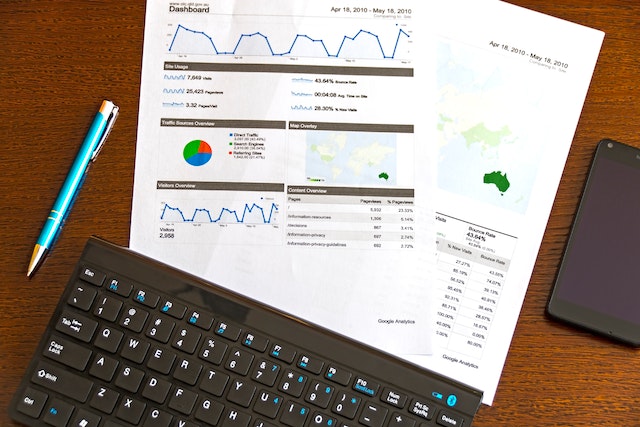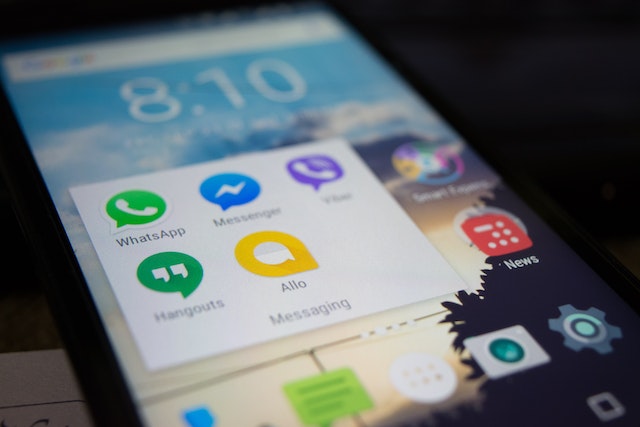Lead generation is a top priority for practically every business. Finding new leads is tough, even with the best marketing team and a highly targeted approach.
Even if you know your ICP and how to reel them in, you’ve barely completed half the battle. The reality is most of them aren’t ready to buy right away (and who could blame them?).
That’s why you need an approach to marketing that fills in the gaps between first touchpoints and conversions.
Hint: It’s demand generation you’re looking for.
What is demand generation?
Demand generation is all about creating demand for your business’s products and services. Think of it as an umbrella term that covers the whole process of marketing, from engaging prospects to generating leads and ultimately converting those leads into sales.
The goal of demand generation strategies is to engage potential customers in such a way that they come to recognize the value of your product or service and eventually make a purchase.
In other words, demand generation isn’t just about getting people to your website or landing page. It’s about creating an experience that will lead them to buy from you at some point in the future.
Demand generation is also different from traditional acquisition or outbound marketing, which involves actively trying to acquire new customers through cold calls and advertising. It’s more about nurturing relationships with potential customers and helping them make informed decisions about your products or services.
What tactics do marketers use in demand generation?
Demand gen campaigns rely on a variety of tactics and channels to entice prospects into becoming customers. These include:
- Search engine optimization (SEO)
- Content marketing
- Social media campaigns
- Paid search ads
- Paid social
- Email marketing (drip campaigns, autoresponders, personalized promo offers)
- Event marketing
- Referral programs
- Advertising on CTV (Connected TV)
Although these are also lead generation strategies, they become demand generation once you start focusing on nurturing relationships with potential customers.
The idea is to use a combination of tactics that target various stages of the buying process, from awareness and consideration to decision-making and purchase. The more touches you have with your target audience throughout each member’s buying journey, the higher the chance they will purchase in the end.
How to measure success with demand gen
The best way to measure the success of your demand gen campaigns is by tracking various metrics. This includes things like website visits, email opens and clicks, cost per lead or cost per acquisition, engagement (such as likes or comments), and conversions.
By tracking these metrics over time you can gain insights into how effective your strategies are at driving leads and conversions. You can also compare the performance of different demand generation tactics to see which ones are most effective.
The importance of testing in demand generation
It’s important to remember that demand generation isn’t a one-size-fits-all approach. You need to test and refine your strategies over time to determine what works best for your business.
Start by testing different channels, messages, and offers to find the combination that resonates most with your target audience. Monitor the performance of each campaign closely and use the data you gather to optimize future campaigns for maximum success.
5 best strategies to maximize demand generation efforts
To get the most out of your demand gen campaigns, you’ll have to do more than just run ads and A/B test them a few times. You need to constantly refine your strategies and find ways to make them more effective.
Here are five strategies that take your demand generation efforts from zero to 100:
- Know the stages of your purchase funnel beforehand. The better you know how your customers behave at different points in the buyer’s journey, the easier time you’ll have crafting the right content and experience for them.
- Craft personalized customer experiences. Leverage personalization tactics like dynamic content and 1:1 messaging to create a tailored experience that resonates with each customer’s needs and interests.
- Leverage existing customers for referrals. Happy customers are your best advocates—find ways to incentivize them to refer more people and bring new leads into your pipeline.
- Leverage customer insights for better segmentation and targeting. Segment your audience into smaller groups based on their behaviors, interests, or other attributes to ensure you’re sending the right message to the right people at the right time.
- Utilize automation to streamline processes (and enable new ones). Automating manual tasks like scheduling emails, creating reports, and managing analytics make it easier to focus on the creative side of demand generation. It’s also worth noting that the right automation tools can create entirely new strategies a human couldn’t do themselves (e.g., dynamic emails triggered by a customer’s activity).
Final thoughts
Demand generation is an effective way to nurture relationships with potential customers and drive them down the path to purchase. When done right, it can be a powerful tool for generating leads and increasing conversions.
Test different tactics and monitor performance closely to maximize your return on investment. With the right combination of strategies, you can create a demand generation machine to drive your business leads and conversions.












